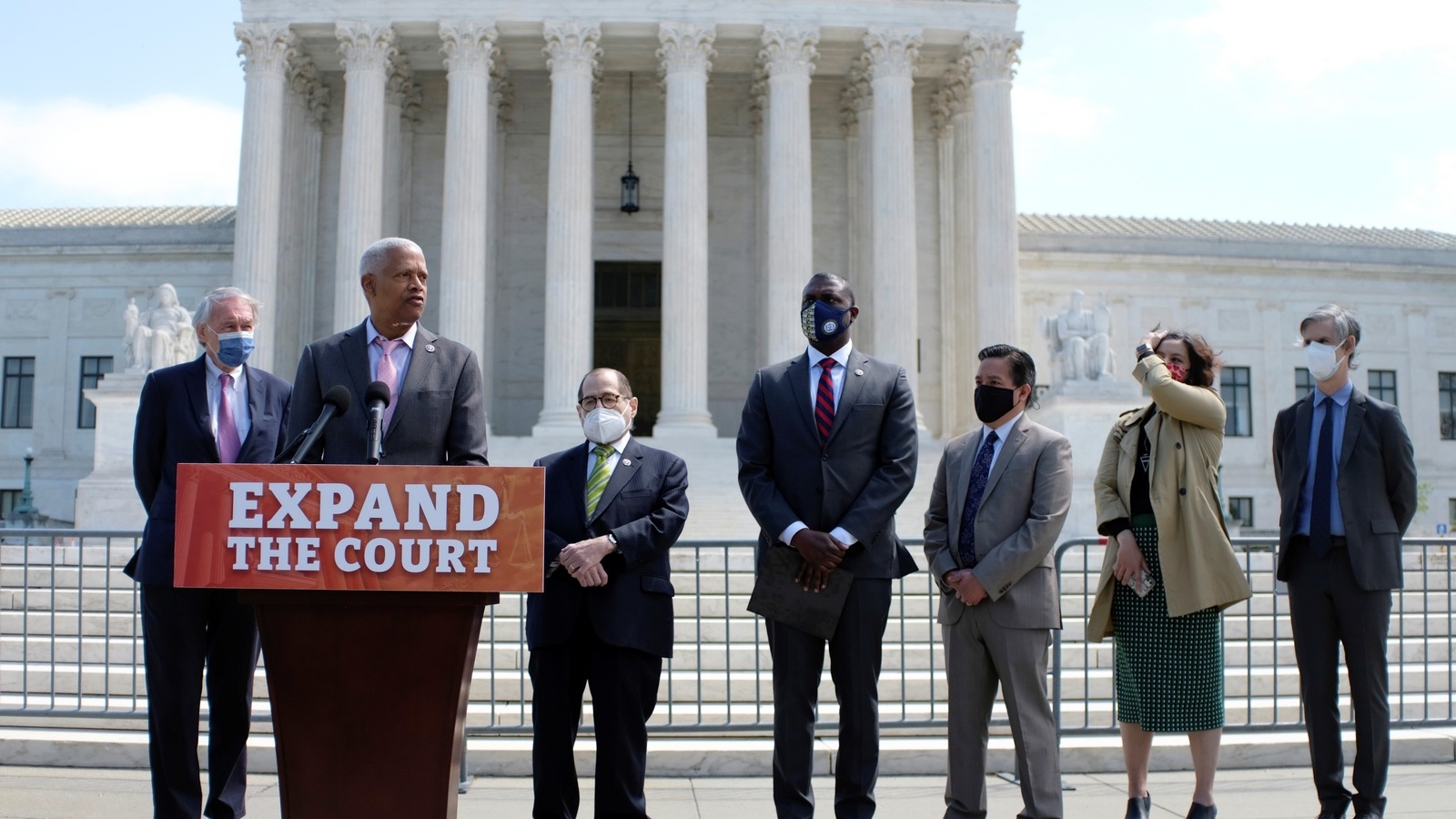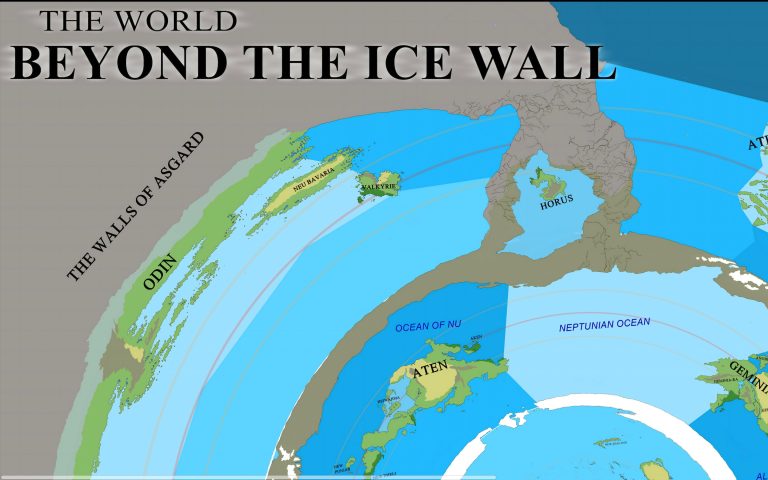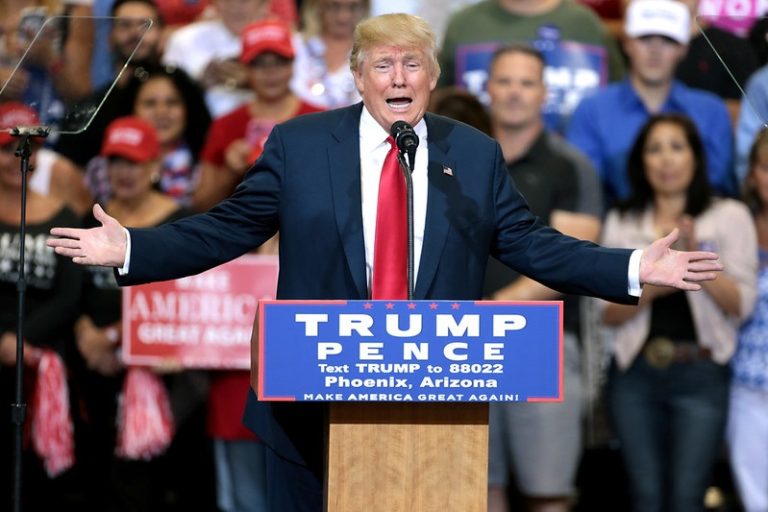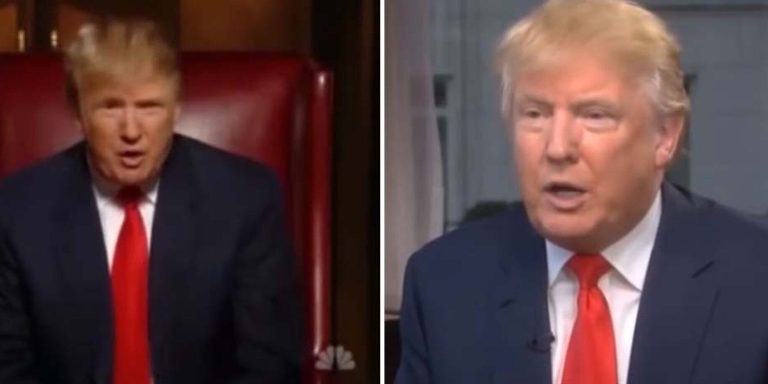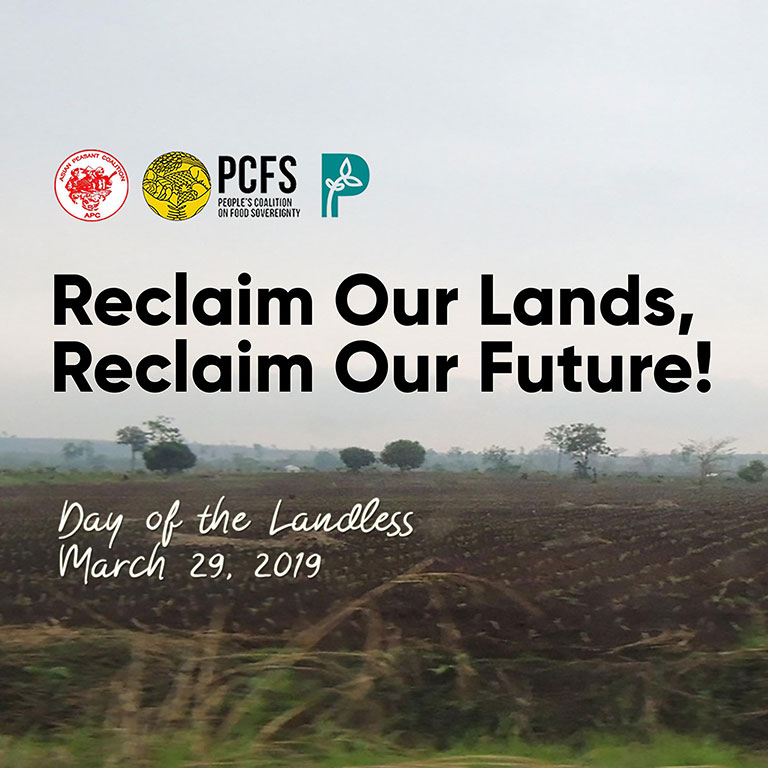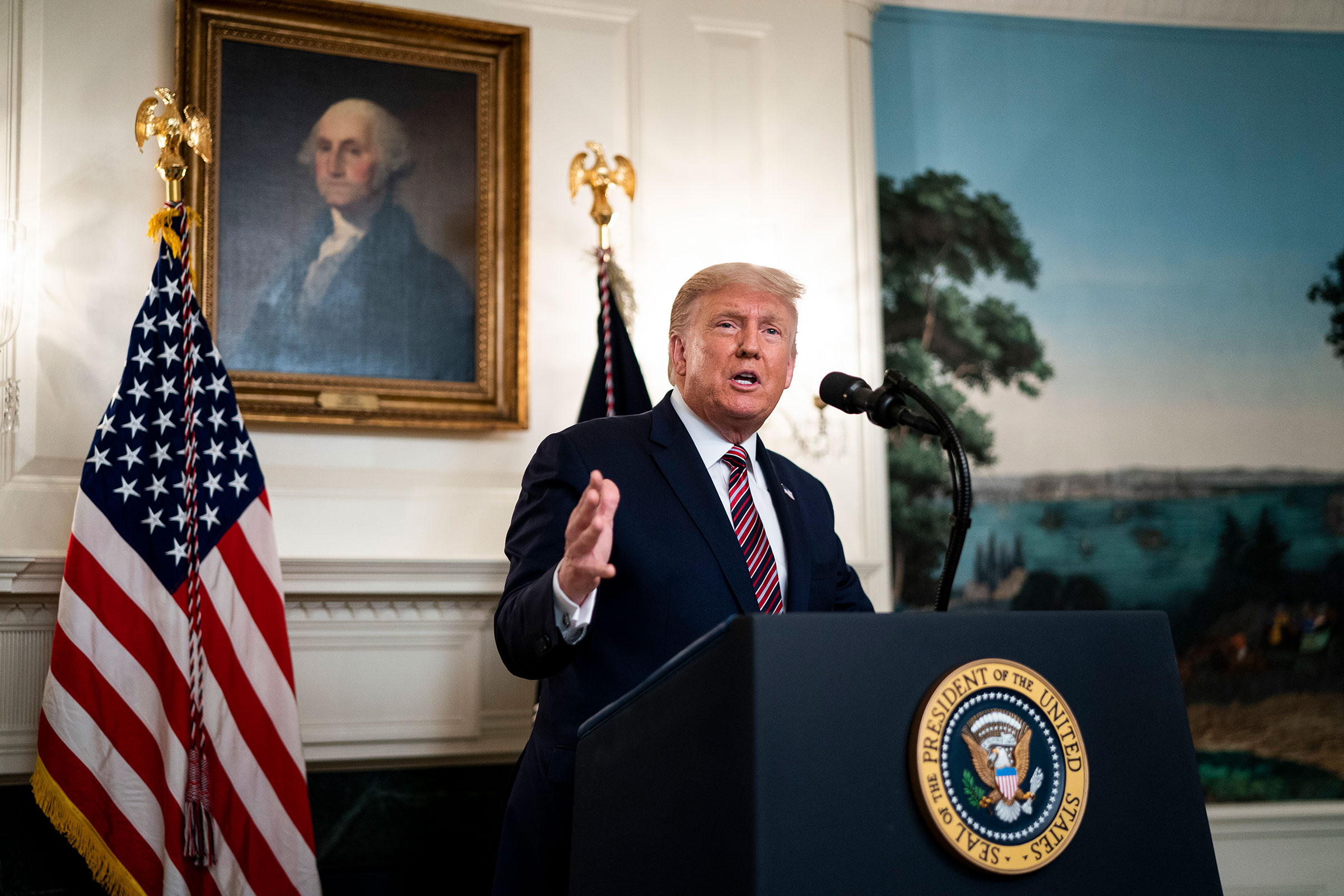

Trump’s Supreme Court Appointments: Shaping the Future of America
Donald Trump’s presidency left an undeniable mark on the American legal landscape, most significantly through his three appointments to the Supreme Court: Neil Gorsuch, Brett Kavanaugh, and Amy Coney Barrett. These appointments, made during a period of intense political polarization, fundamentally shifted the court’s ideological balance and continue to shape the trajectory of American law and society. This article delves into the impact of these appointments, exploring their judicial philosophies, the controversies surrounding their nominations, and the far-reaching consequences of their decisions.
A Conservative Tide: Shifting the Ideological Landscape
Prior to Trump’s presidency, the Supreme Court held a precarious 5-4 conservative-liberal split. With the appointments of Gorsuch, Kavanaugh, and Barrett, the court firmly established a 6-3 conservative majority. This shift has had profound implications, leading to a noticeable rightward drift in rulings on issues ranging from abortion rights to environmental regulations. The court’s new composition has emboldened conservative justices to overturn long-standing precedents and reshape legal interpretations in line with their originalist and textualist philosophies.
The Nominees: A Closer Look
| Justice | Appointed | Judicial Philosophy | Key Cases & Impacts |
|---|---|---|---|
| Neil Gorsuch | 2017 | Originalism, textualism | Bostock v. Clayton County (LGBTQ+ rights), various religious freedom cases |
| Brett Kavanaugh | 2018 | Originalism, textualism, judicial restraint | Dobbs v. Jackson Women’s Health Organization (abortion), electoral map cases |
| Amy Coney Barrett | 2020 | Originalism, textualism, strong adherence to precedent (with exceptions) | West Virginia v. EPA (environmental regulation), student loan forgiveness cases |
The Battles and Controversies:
The nomination process for each justice was fiercely contested, often becoming highly politicized spectacles. Kavanaugh’s confirmation hearings, in particular, were marred by allegations of sexual assault, sparking intense public debate and demonstrations. These contentious battles highlighted the deep partisan divisions within American society and underscored the high stakes involved in Supreme Court appointments. The sheer intensity of the confirmation processes themselves became a defining characteristic of the Trump era.
Impact on Key Areas of Law:
The consequences of these appointments are already being felt across a wide range of legal domains:
-
Reproductive Rights: The overturning of Roe v. Wade in Dobbs v. Jackson Women’s Health Organization represents a monumental shift in reproductive rights, returning the issue to individual states for regulation. This decision has had immediate and widespread consequences, sparking protests and legal challenges across the country.
-
Environmental Protection: Decisions like West Virginia v. EPA have limited the Environmental Protection Agency’s authority to regulate greenhouse gas emissions, raising concerns about the nation’s response to climate change.
-
Voting Rights: The court’s decisions on voting rights have raised questions about access to the ballot box and the potential for partisan gerrymandering.
-
Religious Freedom: The court’s decisions on religious freedom have significantly expanded protections for religious institutions and individuals, leading to both celebrations and concerns about potential infringements on other rights.
The Long-Term Implications:
The legacy of Trump’s Supreme Court appointments will extend far beyond his presidency. These justices are likely to serve for decades, shaping the interpretation of the Constitution and influencing the course of American law for generations to come. Their decisions will continue to be debated and litigated, impacting the lives of all Americans. The appointments have fundamentally reshaped the balance of power within the judicial branch, setting the stage for a potentially long period of conservative influence on American jurisprudence. The full extent of this impact remains to be seen, but its significance is undeniable. The appointments serve as a potent reminder of the enduring power of presidential appointments and the vital role the Supreme Court plays in shaping the future of the nation.

Additional Information
Trump’s Supreme Court Appointments: A Deeper Dive into Shaping the Future of America
Donald Trump’s three appointments to the Supreme Court – Neil Gorsuch, Brett Kavanaugh, and Amy Coney Barrett – represent a significant shift in the Court’s ideological balance and have demonstrably shaped the trajectory of American jurisprudence. Analyzing their impact requires examining not only their individual judicial philosophies but also the broader context of their appointments and the subsequent rulings.
Beyond the “Conservative” Label: While all three justices are generally categorized as conservative, labeling them uniformly overlooks crucial nuances. Gorsuch, a textualist, prioritizes the literal meaning of the Constitution and statutory text, often exhibiting a more libertarian streak than his colleagues. Kavanaugh, while considered conservative, has displayed a more pragmatic approach, occasionally siding with liberal justices on issues involving criminal procedure or administrative law. Barrett, a self-proclaimed originalist, adheres to the original public meaning of the Constitution, often demonstrating a stronger inclination towards religious freedom arguments and a more skeptical approach to government regulation. These distinctions are crucial, as they demonstrate that the “conservative” bloc is not monolithic and internal disagreements often shape the outcomes of cases.
Impact on Key Areas of Law:
-
Abortion Rights: The overturning of Roe v. Wade in Dobbs v. Jackson Women’s Health Organization (2022) represents the most significant impact of Trump’s appointments. Barrett’s confirmation tipped the balance, enabling the Court to explicitly overturn precedent and return the issue of abortion regulation to individual states. This decision sparked widespread protests and significantly altered the landscape of reproductive healthcare in the US, with lasting consequences for women’s health and equality. The statistical impact on abortion rates and access varies widely across states, highlighting the uneven nature of the post-Roe landscape.
-
Voting Rights: The Court’s decisions regarding voting rights under Trump’s appointees have generally favored restrictions on voting access. Cases involving voter ID laws and redistricting demonstrate a willingness to limit the scope of the Voting Rights Act, potentially disenfranchising certain segments of the population. This has led to concerns about the fairness and accessibility of elections, particularly for minority groups. Further analysis is needed to correlate these decisions with actual voter turnout and participation rates in specific demographics across different states.
-
Religious Freedom: Cases involving religious freedom have seen a significant shift under the Trump appointees. The Court has shown a greater willingness to accommodate religious objections in areas such as employment and education, potentially impacting the separation of church and state. The precise extent of this impact remains a subject of ongoing debate and legal challenges. Further research on the practical application of these rulings in diverse settings is required for a comprehensive understanding.
-
Environmental Regulation: The Court’s decisions affecting environmental protection show a trend towards limiting the regulatory power of federal agencies. This could have long-term consequences for climate change mitigation and environmental protection efforts. Statistical analysis of environmental outcomes following these rulings, particularly concerning greenhouse gas emissions and pollution levels, is necessary to gauge the full impact.
Long-Term Implications: The appointments of Gorsuch, Kavanaugh, and Barrett represent a significant alteration in the Supreme Court’s trajectory. Their influence is not limited to the immediate rulings but extends to the shaping of legal precedents that will guide future decisions for decades to come. The potential for further shifts in jurisprudence, dependent on future appointments and societal evolution, remains significant. Moreover, the intensity of public reaction to these decisions underlines the profound societal impact of Supreme Court appointments and the critical need for continued analysis and debate surrounding the Court’s role in American democracy. Future research should focus on comparative analysis with previous periods of judicial shifts, examining the long-term consequences on various societal aspects, such as economic inequality, social justice, and political polarization.
